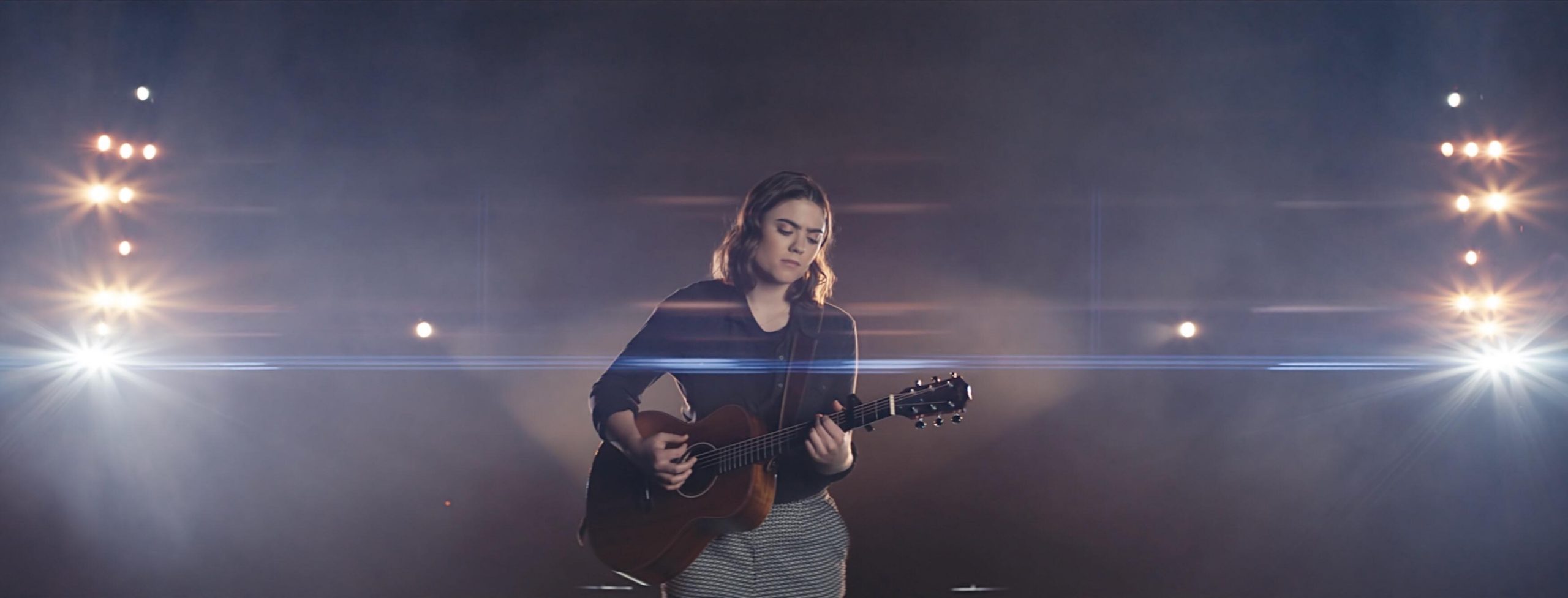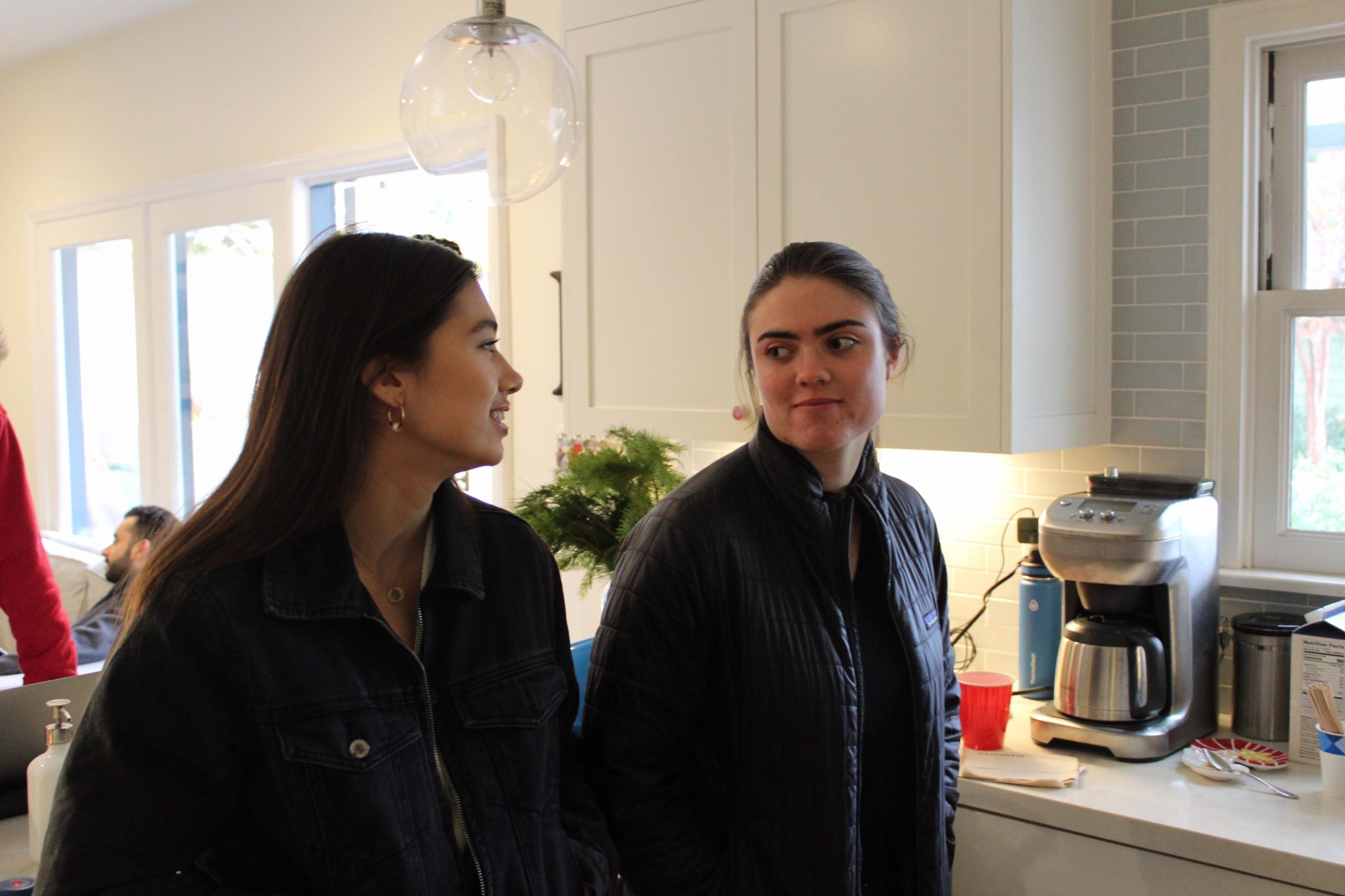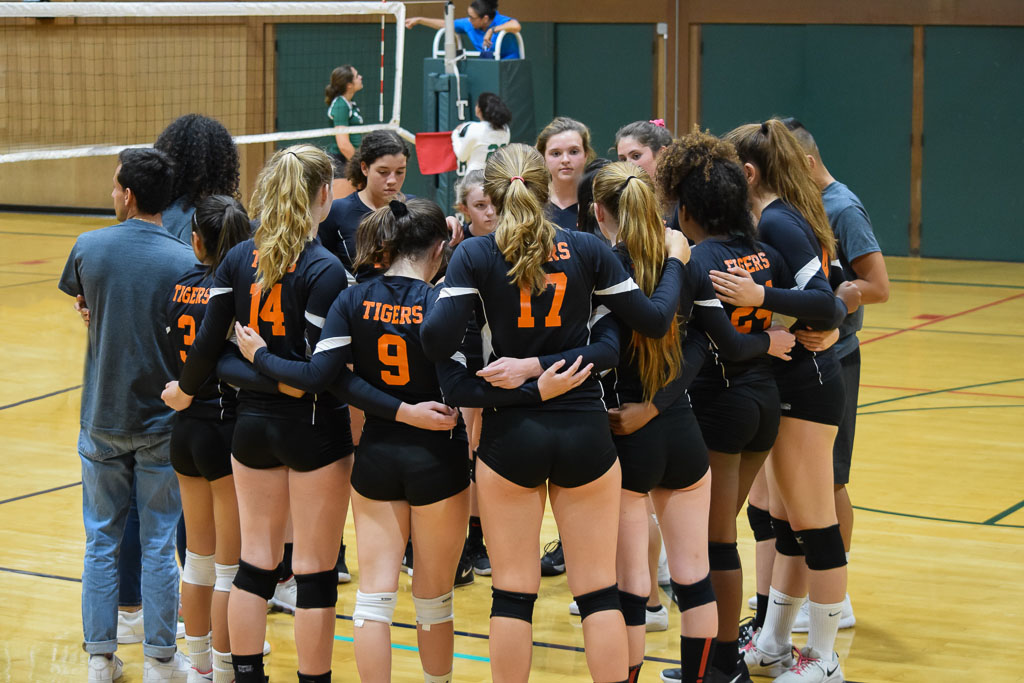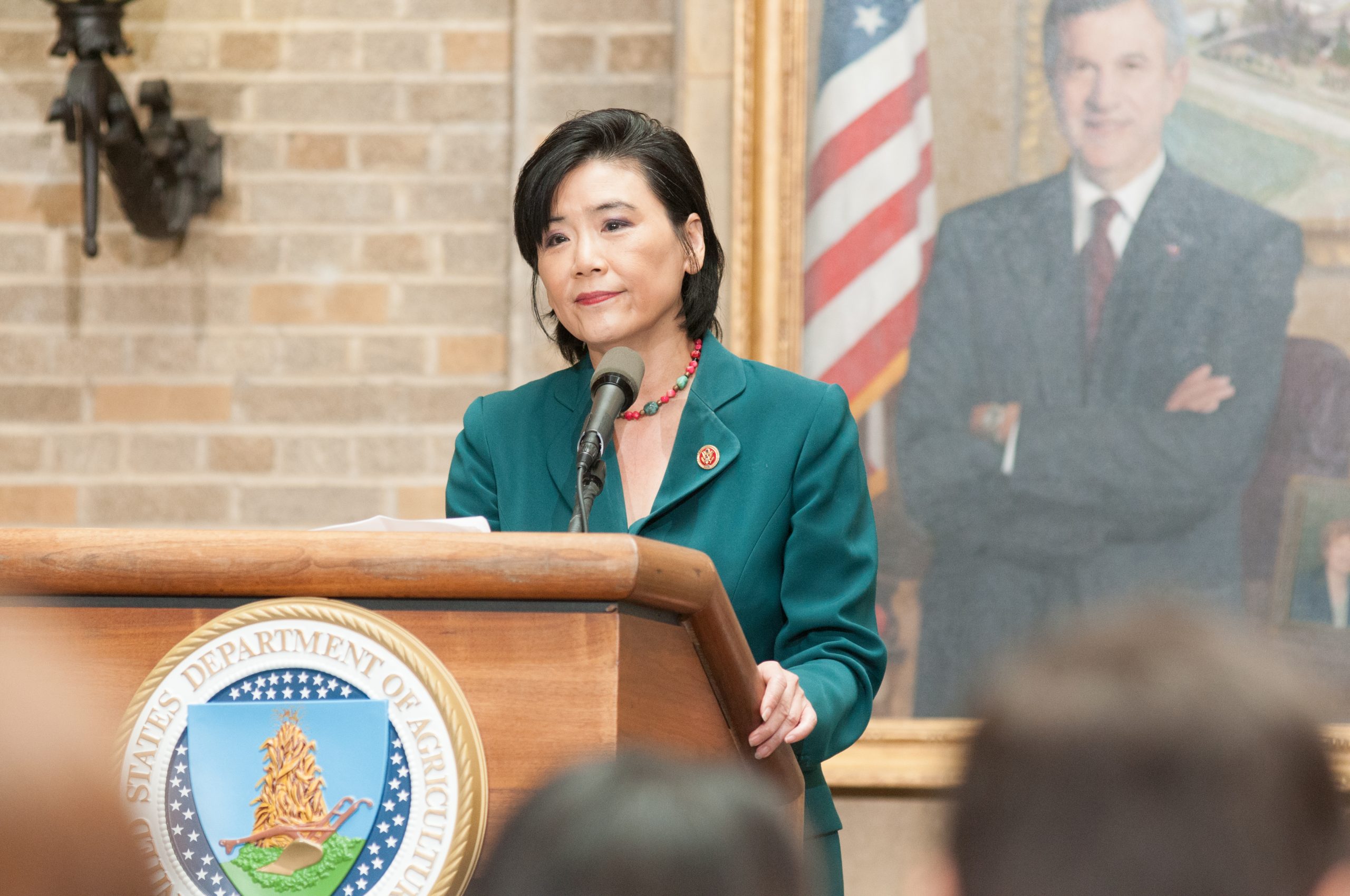Story by Cloe Maurer
Associate Feature Editor
Photos Courtesy of Sophie Reynolds
Contributor
Sophie Reynolds’ new single “You’ve Got This,” released in March, isn’t afraid to be real. The young singer/songwriter drew directly from her own experiences to craft a song that blends an acoustic effortlessness with conceptually heavy subject matter, proving that not all honesty is blunt. A music video for “You’ve Got This,” was released on May 1, in conjunction with Mental Health Awareness Month.
“I actually wrote the song about a year and a half ago for one of my best friends who was struggling after moving across the country to start college,” Reynolds said. “I wasn’t consciously thinking about mental health when I wrote it, but was really just writing about a real FaceTime call that had taken place the previous night and writing what I wanted to say to her, and to myself.
This might be the project’s most admirable quality. It doesn’t sound manufactured or contrived because it simply isn’t. “You’ve Got This” is sincere to its core and that is reflected in both the song and music video’s very organic sensitivity and sense of self awareness.
“All we could do was write and portray what we knew from our own experiences and hope that we would find an audience that could relate to the storylines.”
Reynolds spoke to Tiger about songwriting, making a music video, and producing art that is both authentic and impactful.
1. Could you tell me a little about your process writing this song? What was it like making music about such heavy subject matter? Was it more difficult or did it come naturally?
I wrote “You’ve Got This” the night after a FaceTime call with my friend who had just left for college. By the next afternoon I had most of the song finished. It came to me quicker than any other song I had written up until that point. I started to write the song by focusing on the phrase “You’ve Got This,” which is fairly rare for me as a songwriter, to begin with such a clear idea, but in this case I already knew exactly what I wanted to say and the rest of the writing was filling in the pieces around that message.
2. Did this song test your ability as a songwriter?
“You’ve Got This” was the first song I wrote that I felt had significant periods during which the only thing you hear is the acoustic guitar. I consider myself a much stronger lyricist and vocalist than guitar player, so I typically don’t leave room for such long instrumental progressions. It took me a little while to become comfortable with performing the song and allowing myself and the listeners to just sit with the lyrics for a little bit before jumping into the next verse/chorus. Now, the instrumental aspect is one of my favorite parts of the song. I love that the final production is very stripped and really focuses on the vocals. Every pause in the vocals is very intentional and I love the time it gives me and, hopefully, the audience to reflect on the lyrics throughout the song.
3. What was making the music video like? Did you have a clear vision for what you wanted it to look like and what you wanted to convey to the viewer/listener?
Making the music video was incredible. We filmed on Dec. 23 and 24 but had been flushing out the script since August so we had a very clear idea of what we wanted to shoot heading into filming. We were shooting on a low budget, so a lot of the casting and location scouting was done in the week leading up to the shoot. One of my favorite parts of the shoot was watching everything come together on the day of and figuring out ways to transition the sets we had to look just like we needed them to. We knew from the beginning stages of the project that we wanted the video to focus on the storylines of three different teenagers and find a way for them to all come together in the end in an uplifting manner.
4. The video looked like it existed in two different states. It transitioned in and out of dreamy sort of moody, hazy shots of the actors and then you singing and playing the guitar. Was this contrast a conscious decision? What do you think that artistic choice accomplished?
I think we knew from the beginning that in order for this to truly feel like a music video and meet the goals for artistry that we had set, a performance of the song would have to exist in the video. I love how the performance shots break up the more intense storylines and give the audience a chance to focus on the lyrics of the song. The performance of the song also gave us the opportunity to tie together the two states towards the end of the video, both on the bridge and during the support group scene.
5. Were you in control of the creative process?
Yes! I worked with Rob Fox, a long-time family friend and director, and Andrew Molina, an experienced music video producer, to write the script and fill out the cast and set locations. I was also involved in the editing process. With each cut we received of the video I gave notes on the timing of scenes and what to cut out or include more of.
6. Why did you decide to use students in the video?
From the beginning, this project was a total community effort. I knew that if I was going to put out a video addressing mental health struggles faced by teens that I wanted to include real teenagers who had experience addressing these issues. We were really lucky to have Maya Bonk and Cole Fox working with us. They both brought a level of talent and authenticity that I don’t think we would have found with anybody else. Cornelius Roberts, who plays the teenage boy in the video, was also incredible to work with and I can’t thank him enough for sharing his story and talent with us. We filmed the support group scene on Christmas Eve of last year. It was one of the last scenes we shot. We had a bunch of friends come sit with us to fill in the rest of the circle and while the crew was filming, we had a real discussion about the struggles that we’d faced in recent years. I think by the end of the video everybody had realized just how much of a passion project this was and how meaningful of an impact we could make with this video release.
7. Were you worried about how the music video would be received given the sensitivity of the subject matter?
Definitely. The issues that we addressed in the video are very sensitive and present themselves in so many ways. Everybody’s experience is unique. All we could do was write and portray what we knew from our own experiences and hope that we would find an audience that could relate to the storylines. We went through quite a few rounds of editing to make sure that nothing we included in the video was too graphic or shocking. I did not want anything to feel like it was simply serving as shock value, but we also wanted to make sure that we did not water anything down too much or diminish the significance of the issues portrayed.






